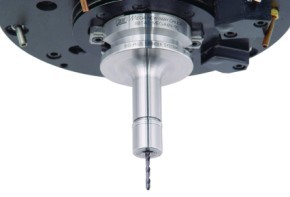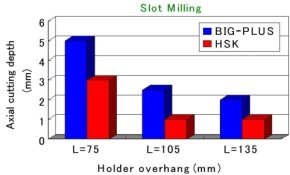BIG-PLUS vs. HSK Discussed in this Month’s Modern Machine Shop
Every year, we invite industry professionals to our suburban Chicago headquarters for a hearty breakfast and to hear from our product experts on some of the most important tooling topics of the day. We call the event, appropriately, Breakfast & Learn. This year, one of the professionals in attendance was Pete Zelinski, Senior Editor at Modern Machine Shop (MMS), and one of the topics, comparing and contrasting BIG-PLUS and HSK spindle-and-toolholder interface systems.
As a supplier of both types of hardware, and as the U.S. subsidiary of the originator of the BIG-PLUS concept, there’s no better authority on the issue than BIG KAISER. In this month’s issue of MMS, Zelinski digs in to the subject with the help of one of our Applications Engineers, Cory Cetkovic, who delivered the aforementioned presentation to a packed house this past spring.
The article details how on the surface, BIG-PLUS and HSK systems may appear similar, but that they in fact differ significantly, specifically, in their methods of clamping the holder and how that relates to rigidity. Where HSK involves elastically deforming the toolholder, BIG-PLUS plays on deformation of the spindle.
Zelinski writes, “During clamping, that [BIG-PLUS] deformation results in axial displacement of the toolholder into the spindle. Prior to clamping, the toolholder makes only taper contact within the spindle, but after clamping of the retention system, the spindle expands within an elastic limit until the toolholder achieves the second area of contact—contact at the spindle face—that is the defining feature of the BIG-PLUS system.”
The article goes on to describe the specific benefits of each platform i.e., the superior depth of cut and interchangeability of BIG-PLUS with conventional, and the at high spindle-speed performance of HSK.
Click here to read the full article.
If you would like a link to the video of Cory’s presentation from Breakfast & Learn, email our Marketing Manager, Tim Stapula, at tim.stapula@us.bigkaiser.com.




Did you find this interesting or helpful? Let us know what you think by adding your comments or questions below.